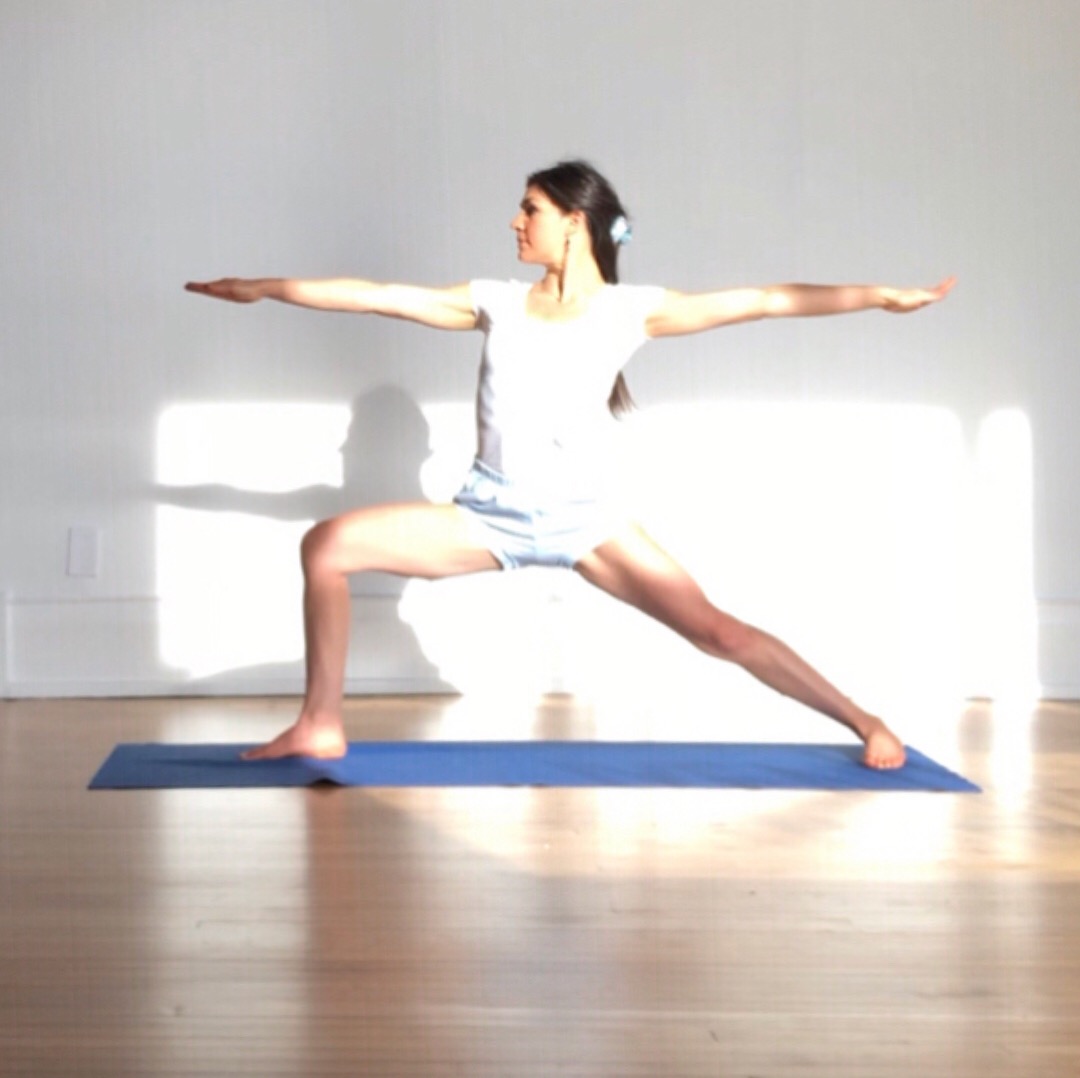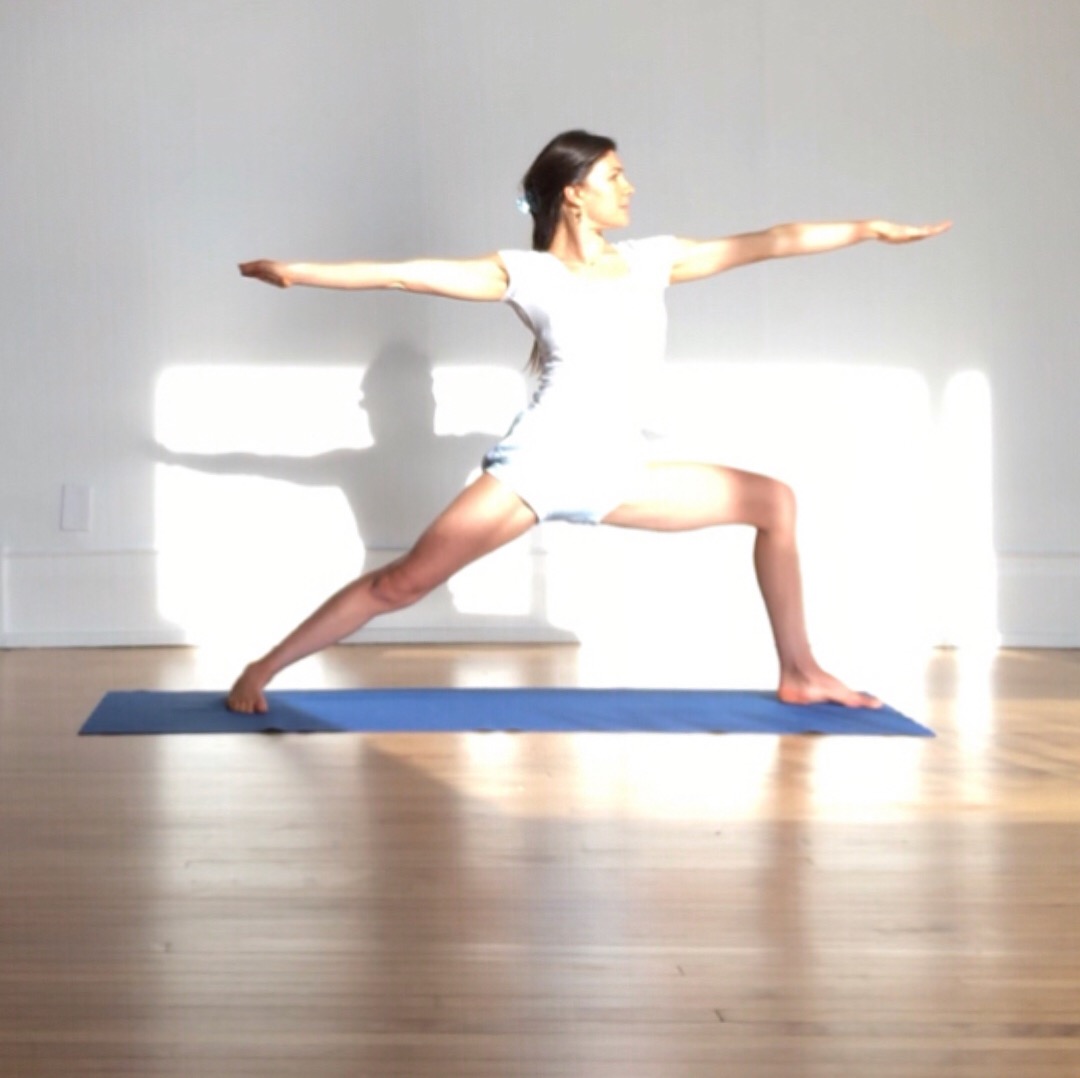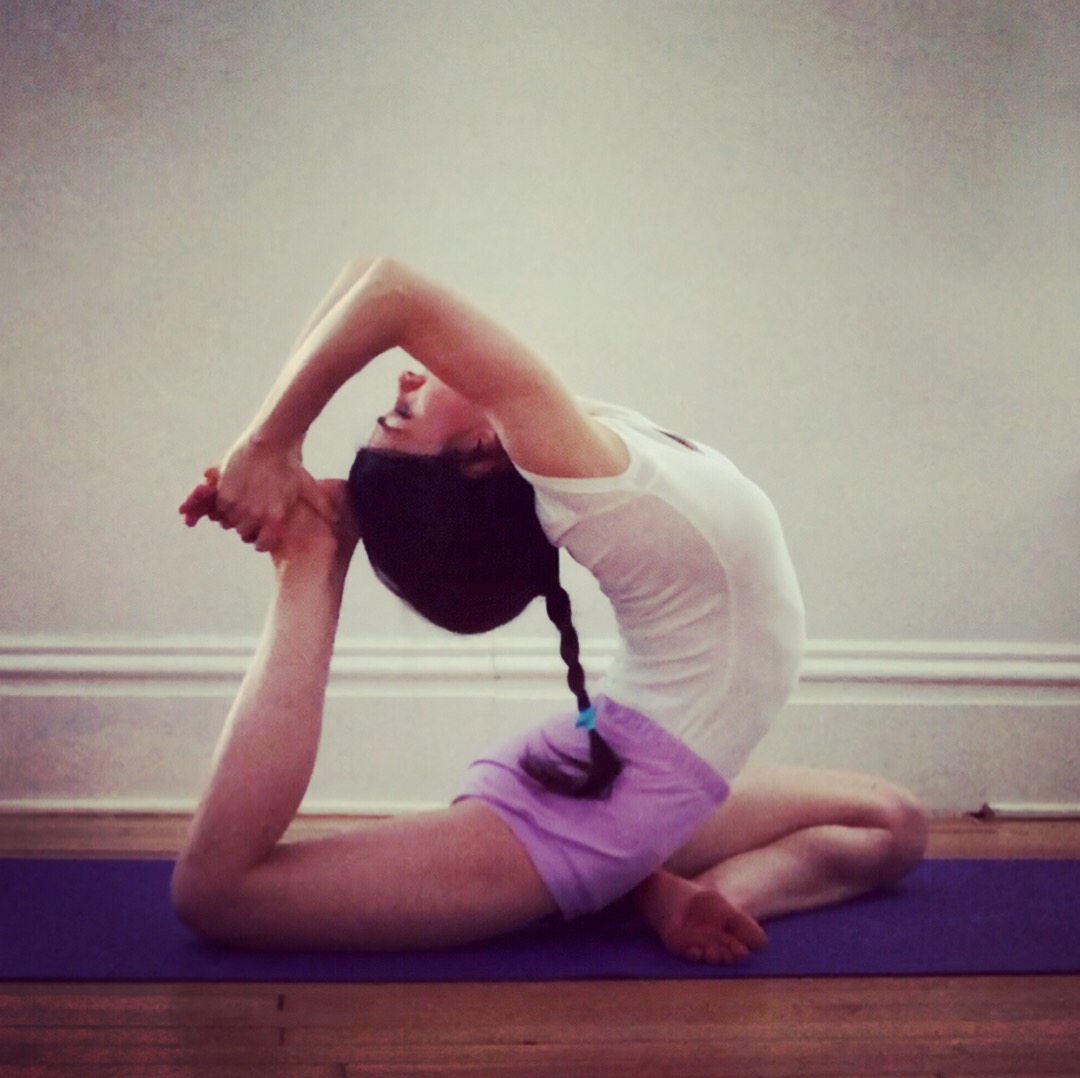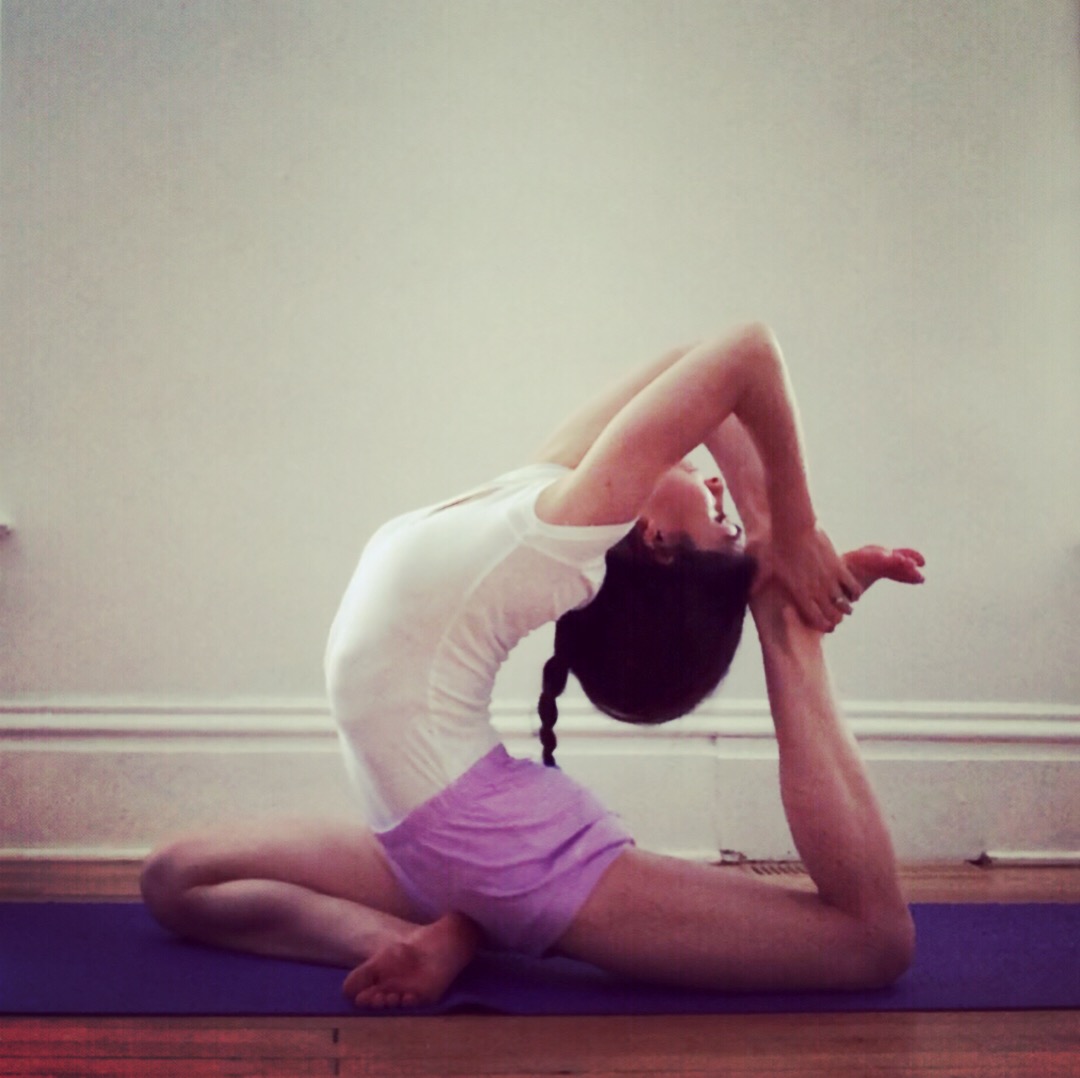“The gradual involution of the senses and stilling of the mind with the aid of the breath make the practitioner fit for concentration and meditation. Involution means “tuning in”... Consciousness (citta) and vital energy (prana) are in constant association. Where consciousness is focused, there must be the energy of prana too, and where you direct the energy of prana, consciousness follows. Consciousness is propelled by two powerful forces, energy (prana) and desires (vasana). It moves in the direction of whichever force is more powerful. If breath (prana) prevails, then desires are controlled, the senses are held in check, and the mind is pacified. If the force of desire gets the upper hand, the breath becomes uneven, and the mind becomes agitated. These are things you can actually observe, just as you observe right measure and balance in Asana, and this is why and where the practice of yoga brings self-knowledge (svadhyaya). You will not reach knowledge of the divine Self without passing through self-knowledge. Your practice is the laboratory, and your methods must become ever more penetrating and sophisticated. Whether you are in Asana or doing Pranayama, the awareness of the body extends outward, but the senses of perception, mind, and intelligence should be drawn inward.” ~~Yogacharya BKS Iyengar, Light on Life, p. 102, on Pratyahara from the chapter on Vitality—The Energy Body.~~
.










